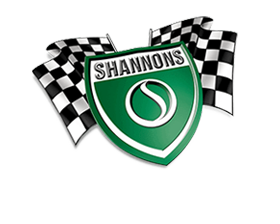1925 Studebaker Standard Six Tourer (Project)
Sold: $9,000
Specifications
| Engine | In-line 6-cylinder, 242-cid |
|---|---|
| Gearbox | 3-speed manual plus overdrive |
| Body Work | Tourer |
| Colour | Grey |
| Interior | Black |
| Trim | Leather |
| Wheels | Steel disc |
| Brakes | Drums |
Description
Hailing from South Bend, Indiana, the Studebaker Brothers began building horse-drawn wagons and buggies in the late 19th Century before developing an electric powered vehicle in 1902, designed by the legendary Thomas Edison. By 1904, Studebaker had supplemented battery-powered cars with a new gasoline-fuelled model and like most the American auto industry, the internal combustion engine quickly became the mainstay of production. By 1913 the Studebaker was available in both four and six-cylinder models, each using monoblock engine casting but from 1920 onwards only the Six was produced, in Light, Special and Big derivatives. In August 1924 Studebaker revised their range once again, with the Light model being replaced by the Model ER Standard Six, a completely restyled and improved motor car. The Model ER was built on a 113-inch wheelbase chassis, with two-wheel mechanical brakes (and the option of four-wheel braking) and powered by Studebaker's sturdy 242-cid in-line six-cylinder, developing 50 horsepower at 2,200 rpm. Innovations for 1925 included full pressure lubrication, an improved emergency brake and new engine mounts and unit engine/transmission production to reduce vibration. The revised styling saw a shorter, more curved bonnet, a new nickel-plated radiator shell and different beading on the front guards. All Standard Six Studebakers came equipped with balloon tyres, shock absorbers and heaters, while inside Spanish leather upholstery was used for open cars and Angora mohair and wool on closed models. Colour options were limited to a light Navajo Grey or a darker Seminola Grey and from 1925 lacquer finish was used on all closed models. No less than eleven body styles were catalogued in 1925-1926, ranging from Duplex Roadsters and Phaetons to Closed Sedans, Coupes and Berlines. Combining excellent performance, equipment and reliability at a remarkably affordable prices, sales of the Studebaker Standard Six flourished and no less than 147,099 were made over two full calendar years of production.














